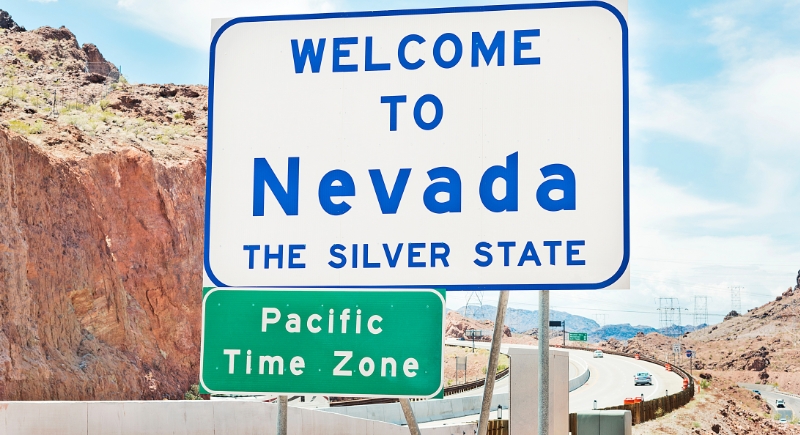2 States Where People Are Struggling the Most With Mental Health Might Actually Surprise Everyone
There’s a widespread shock under the surface of a statistic that barely gets a second glance: nearly one quarter of adults in the United States, which is about 23.4 percent, experienced some form of mental illness in 2024. Furthermore, not every state is handling the weight of that reality the same way. Two states in particular fall into a far darker part of the spectrum, places where mental health trouble and limited access to care surge past the national average. One of those might catch you off guard.
States in Deep Trouble

Image via Getty Images/Nirian
The nonprofit Mental Health America (MHA) releases an annual ranking of each state based on 17 measures of mental health: prevalence of illness, access to care, and youth and adult outcomes. States ranked from 39 to 51 fall into the “higher prevalence + lower access” zone. According to the 2025 report, Nevada (ranked 51) and Arizona (ranked 50) sit at the very bottom.
Nevada tops the list in the worst position. Its youth data is particularly alarming. About 22.6 percent of Nevada kids (ages 12 to 17) reported a major depressive episode in the past year, ranking near the bottom in the nation. On the adult side, Nevada is also among the states with the poorest mental-health workforce availability and steep cost barriers.
Coming in just ahead of Nevada, Arizona is the second-worst-ranked state. MHA flags it for both high prevalence rates and low access to meaningful treatment. If you expected states with large urban populations and numerous health systems to fare better, Arizona shakes that assumption.
Access Versus Need

Image via Getty Images/Sean Pavone
There’s no single cause for why these states struggle more than others, but several contributing factors stand out. Nationally, about one in four adults with any mental illness reported an unmet treatment need in 2022 to 2023. Where states fall short is often about the workforce and cost. For example, MHA reports that the national ratio is about one mental health provider per 320 people. When a state has fewer providers, higher uninsured rates, or a large rural population, the gap between access and need grows.
In states like Nevada and Arizona, other underlying conditions pile up: high youth depression rates, large rural areas with fewer clinics, and health-insurance arrangements that leave significant populations without coverage. Nevada’s lowest youth ranking comes from the share of young people who didn’t have a preventive doctor visit—about 37.9 percent between 2022 and 2023. Arizona, similarly, shows weak numbers for youth access and adult workforce availability.
Many readers might associate major mental-health struggles with deeply rural or isolated states in the Midwest. Nevada and Arizona disrupt that story; they are states often thought of for tourism or sun-belt growth, yet they end up near the bottom of mental-health rankings. That mismatch between expectation and reality is part of the wake-up call.
What’s At Stake
When a state ranks low in prevalence of illness and access to care, the signs show up in school absenteeism, emergency room loads, and long wait lists for therapy. While the national numbers suggest some stability (adult prevalence held steady from 2021 to 2024), the stakes remain very high for states ranking at the bottom. If you live or work in a high-ranking state (in the “worst” zone), it’s more likely that mental health challenges will affect someone you know, and the infrastructure in place may struggle to respond effectively.
If you’re tracking where the mental-health gap is widening fastest, Nevada and Arizona provide clear case studies of “high need + low access.” This makes them key states for policy change, increased funding, and targeted care delivery.